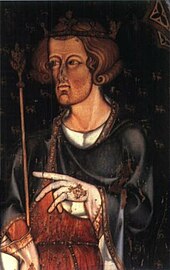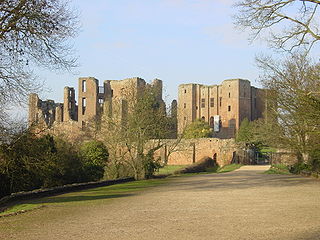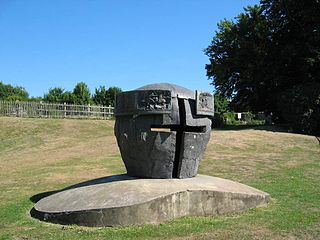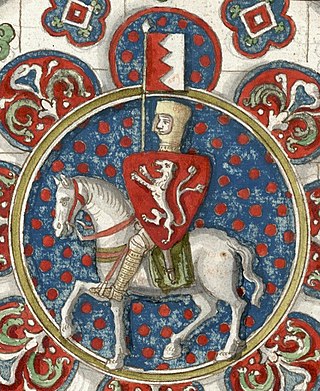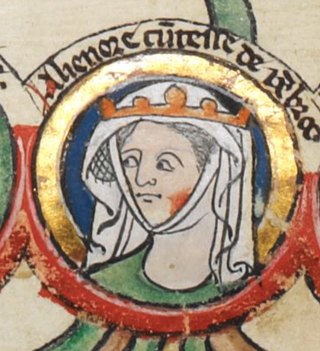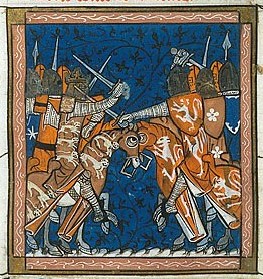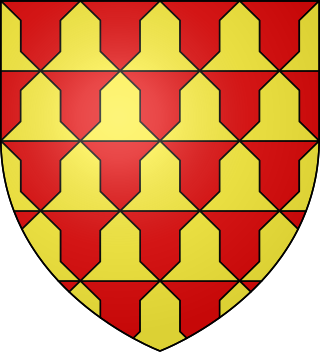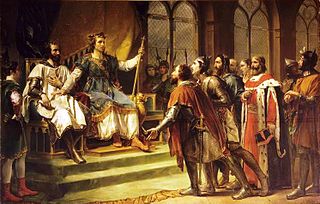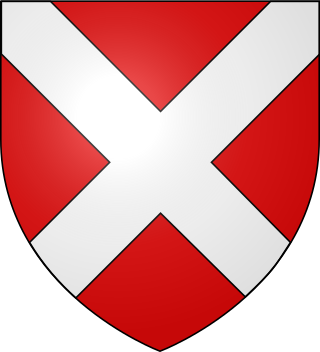Background

In 1258, King Henry III of England faced a revolt among the English barons. [1] Anger had grown about the way the King's officials were raising funds, the influence of his Poitevin relatives at court and his unpopular Sicilian policy; even the English Church had grievances over its treatment by the King. [2] Within Henry's court there was a strong feeling that the King would be unable to lead the country through these problems. [3] On 30 April, Hugh Bigod marched into Westminster in the middle of the King's parliament, backed by his co-conspirators, including Simon de Montfort, the Earl of Leicester, and carried out a coup d'état. [4] Henry, fearful that he was about to be arrested and imprisoned, agreed to abandon his policy of personal rule and instead govern through a council of 24 barons and churchmen, half chosen by the King and half by the barons. [5]
The pressure for reform continued to grow unabated and a parliament met in June. The term "parliament" had first appeared in the 1230s and 1240s to describe large gatherings of the royal court, and parliamentary gatherings were held periodically throughout Henry's reign. [6] They were used to agree upon the raising of taxes which, in the 13th century, were single, one-off levies, typically on movable property, intended to support the King's normal revenues for particular projects. [7] During Henry's reign, the counties had begun to send regular delegations to these parliaments, and came to represent a broader cross-section of the community than simply the major barons. [8]
The new parliament passed a set of measures known as the Provisions of Oxford, which Henry swore to uphold. [9] These provisions created a smaller council of 15 members, elected solely by the barons, which then had the power to appoint England's justiciar, chancellor and treasurer, and which would be monitored through triennial parliaments. [10] Pressure from the lesser barons and the gentry present at Oxford also helped to push through wider reform, intended to limit the abuse of power by both the King's officials and the major barons. [11] More radical measures were passed by the new council the next year, in the form of the Provisions of Westminster. [12]

The disagreements between the leading barons involved in the revolt soon became evident. [13] Montfort championed radical reforms that would place further limitations on the authority and power of the major barons as well as the Crown; others promoted only moderate change, while the conservative barons expressed concerns about the existing limitations on the King's powers. [14] Over the next four years, neither Henry nor the barons were able to restore stability in England, and power swung back and forth between the different factions. [15] By early 1263, what remained of Henry's authority had disintegrated and the country slipped back towards open civil war. [16] Montfort convened a council of rebel barons in Oxford to pursue his radical agenda and by October, England faced a likely civil war. [17] Montfort marched east with an army and London rose up in revolt. [18] Montfort took Henry and Queen Eleanor prisoner, and although he maintained a fiction of ruling in Henry's name, the rebels completely replaced the royal government and household with their own, trusted men. [19]
Montfort's coalition began to quickly fragment, Henry regained his freedom of movement and renewed chaos spread across England. [20] Henry appealed to his brother-in-law Louis of France for arbitration in the dispute; Montfort was initially hostile to this idea, but, as war became more likely again, he decided to agree to French arbitration as well. [21] Initially Montfort's legal arguments held sway, but in January 1264, Louis announced the Mise of Amiens, condemning the rebels, upholding the King's rights and annulling the Provisions of Oxford. [22] The Second Barons' War finally broke out in April, when Henry led an army into Montfort's territories. [23] Becoming desperate, Montfort marched in pursuit of Henry and the two armies met at the Battle of Lewes on 14 May. [24] Despite their numerical superiority, Henry's forces were overwhelmed. [25] Captured, Henry was forced to pardon the rebel barons and reinstate the Provisions of Oxford, leaving him, as historian Adrian Jobson describes, "little more than a figurehead". [26]

